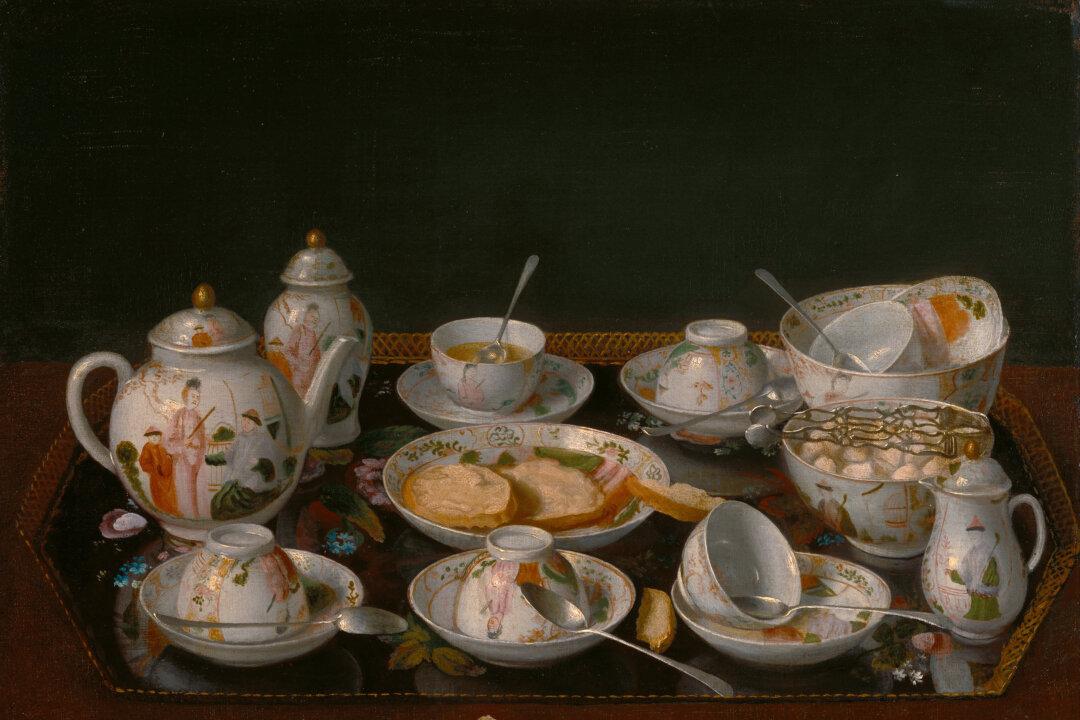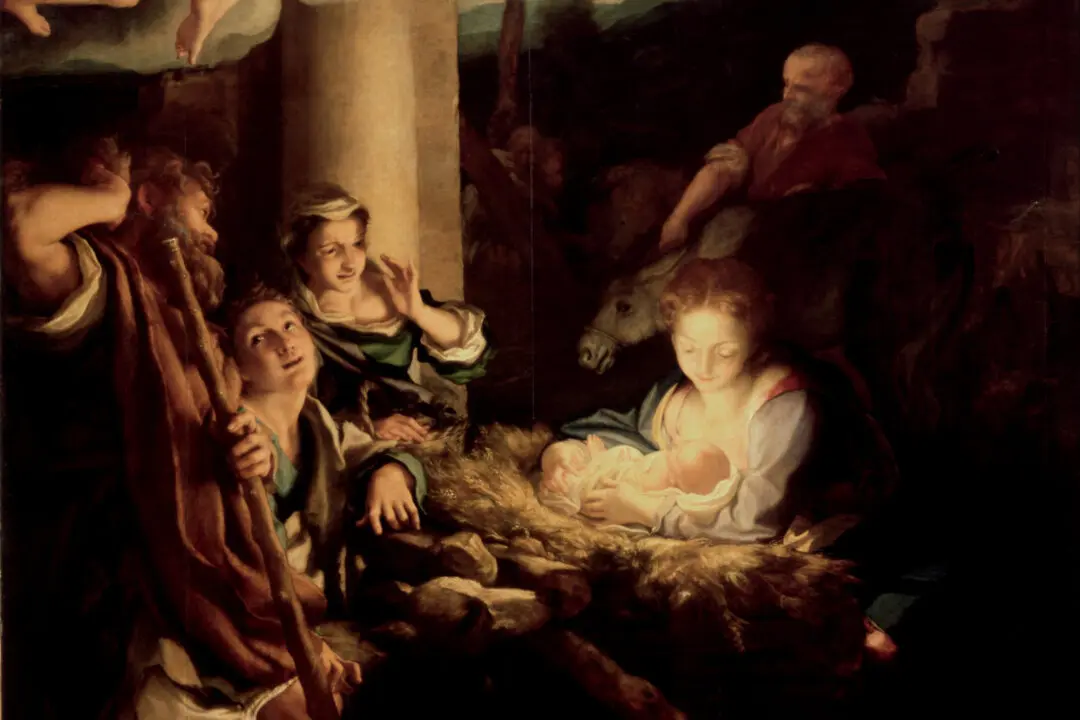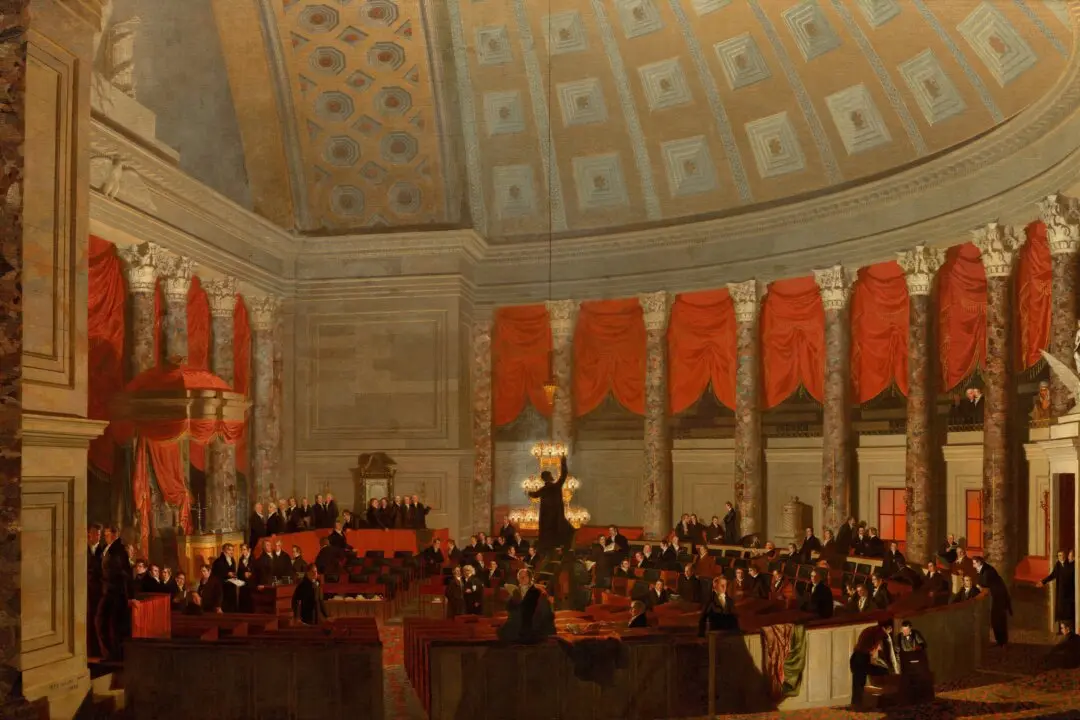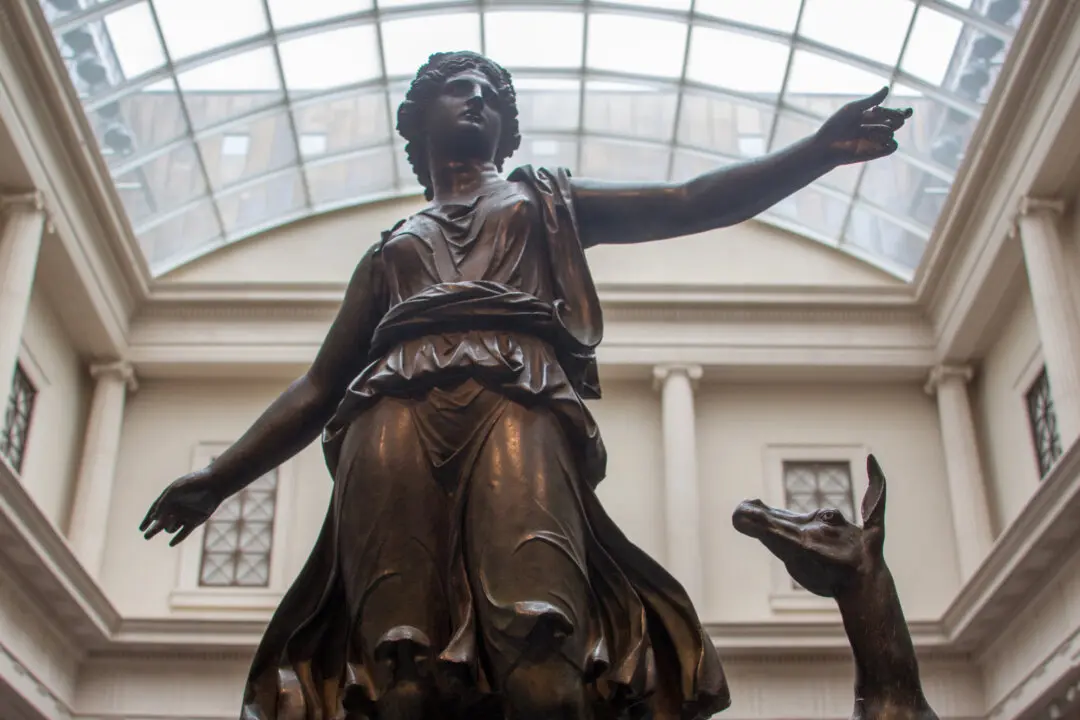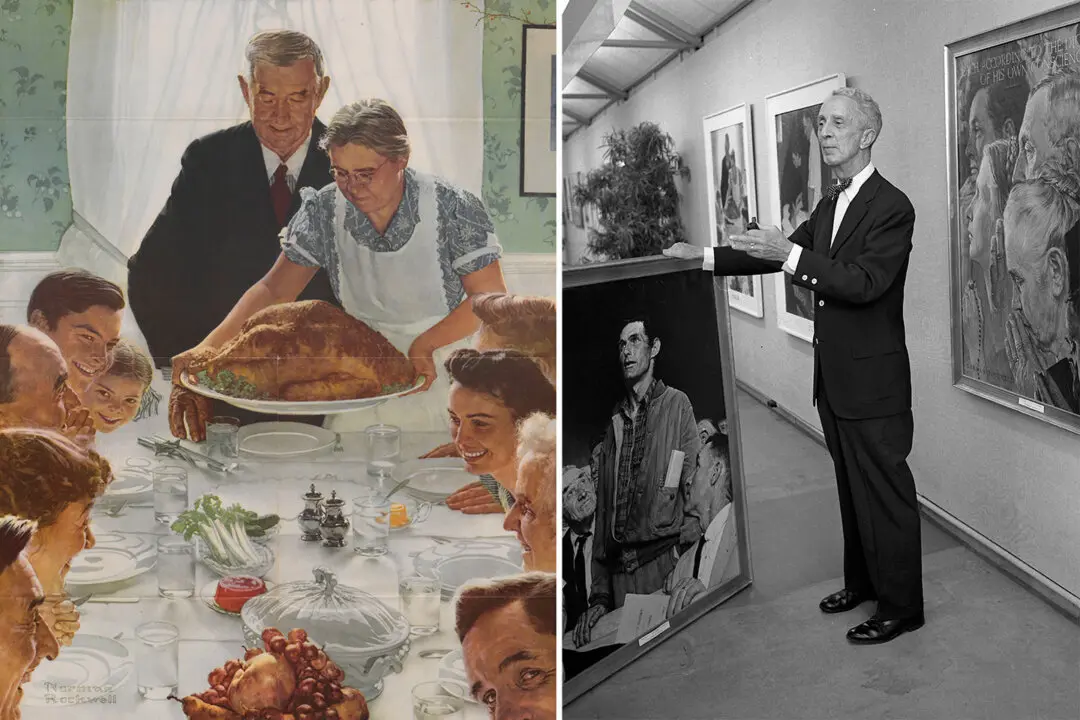“If you are cold, tea will warm you; if you are too heated, it will cool you; if you are depressed, it will cheer you; if you are excited, it will calm you.” This quote is attributed to British Prime Minister William Ewart Gladstone. The explanation boils down the reasons for the beverage’s worldwide popularity.
The tradition of drinking tea stretches back thousands of years. Black, white, oolong, and green teas are produced from the leaves of the tea plant Camellia sinensis, an evergreen shrub. The plant is thought to originate from central Southeast Asia, at the geographical intersection of modern-day China, India, and Burma (also known as Myanmar).

